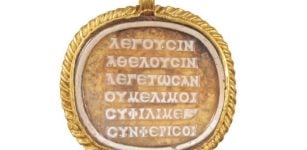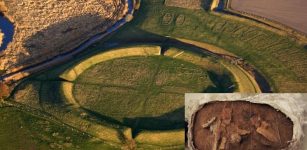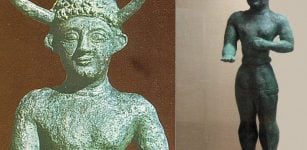Battle Of Assandun: One Of The Great Battles In English History
MessageToEagle.com – The Battle of Assandun was an important historical event, which gave Canute the Great (Cnut Knut den Store) the Crown of England.
It took place on October 18, 1016 and was fought between Danish armies led by Canute the Great and English army led by King Edmund II (‘Ironside’).
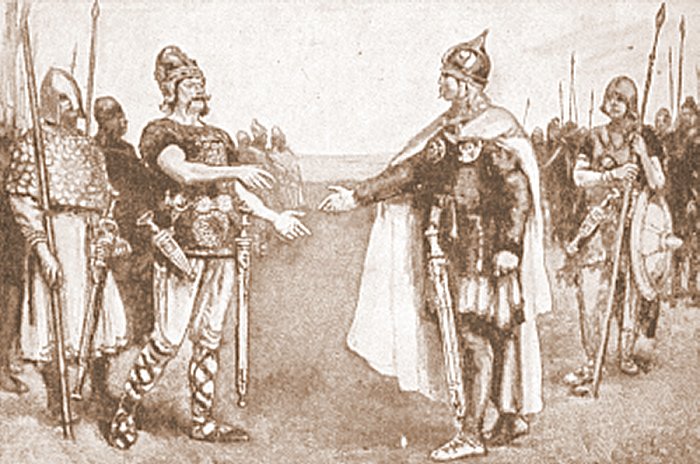
The battle was victorious for the Danes and helped them to retake the English territories.
For many years, historians have argued inconclusively over the location of this important battle, whether it took place. Was Assandun – Ashdon, near Saffron Walden in north Essex or Ashingdon near Rochford in southeast Essex, England.
See also:
Cnut The Great – England’s Danish King And Ruler Of One Of The Largest Nordic Empires
Battle Of Visby – Death Came With King Atterdag’s Ships
Sea King’ Ragnar Lodbrok Seizes Paris – On March 28, 845
After the battle, Edmund was forced to sign a treaty with Canute. By this treaty, all of England except Wessex would be controlled by Canute. According to the treaty, when one of the kings should die the other would take all of England, that king’s son being the heir to the throne.
Edmund died shortly afterwards, on November 30, and Cnut assumed control of his territories and was crowned King of England in January 1017.
Thus for the first time England became a single united kingdom, covering the same territory as it does today.
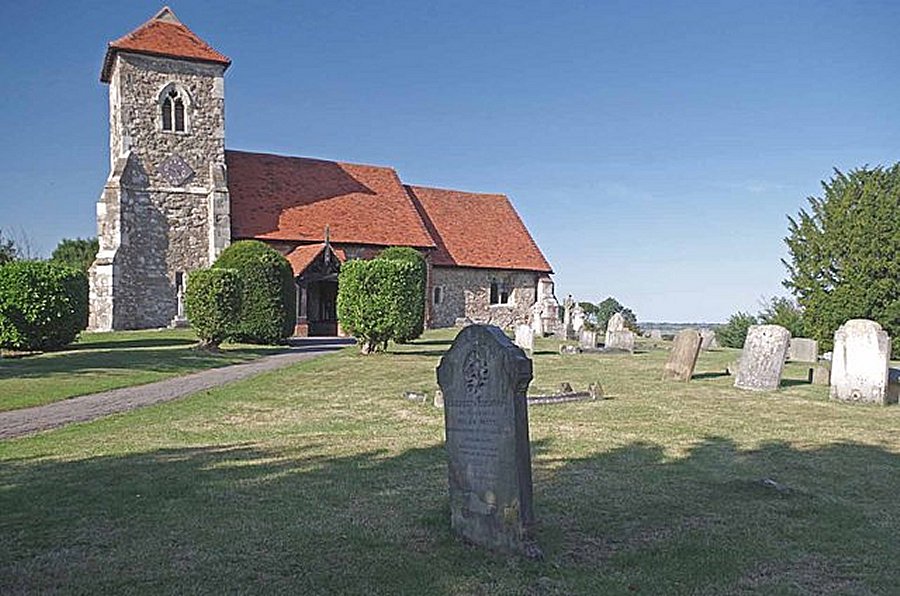
It also remained under Danish rule for the next 26 years.
Canute built a church, chapel or holy site after winning a battle to commemorate the soldiers who died in battle.
A few years later in 1020, the completion took place of the memorial church known as Ashingdon Minster, on the hill next to the presumed site of the battle in Ashingdon.
“King Canute ordered, St Andrew’s, “a church built of lime and stone for the souls of those slain in the Battle of Assandune 1016. It was dedicated in 1020 at a ceremony at which King Canute and his officers attended. This battle was the decisive battle for the throne of England. Much of the church is now a 13C rebuild with a 14C tower. The rubble walls contain Roman tiles and there are Saxon timbers in the tower.”
The church still stands to this day.
The church is now dedicated to Saint Andrew but is believed previously to have been dedicated to Saint Michael, who was considered a military saint: churches dedicated to him are frequently located on a hill.
If not Ashington was the place of the battle, there is another possible location, based on archaeological finds in the area of Ashdon in Essex, where Roman and Anglo-Saxon coins were unearthed; also a couple of Anglo-Saxon wills suggest that Ashdon was the battle place.
MessageToEagle.com
Expand for referencesReferences:
World Heritage Encyclopedia/Project Gutenberg Self-Publishing Presss




